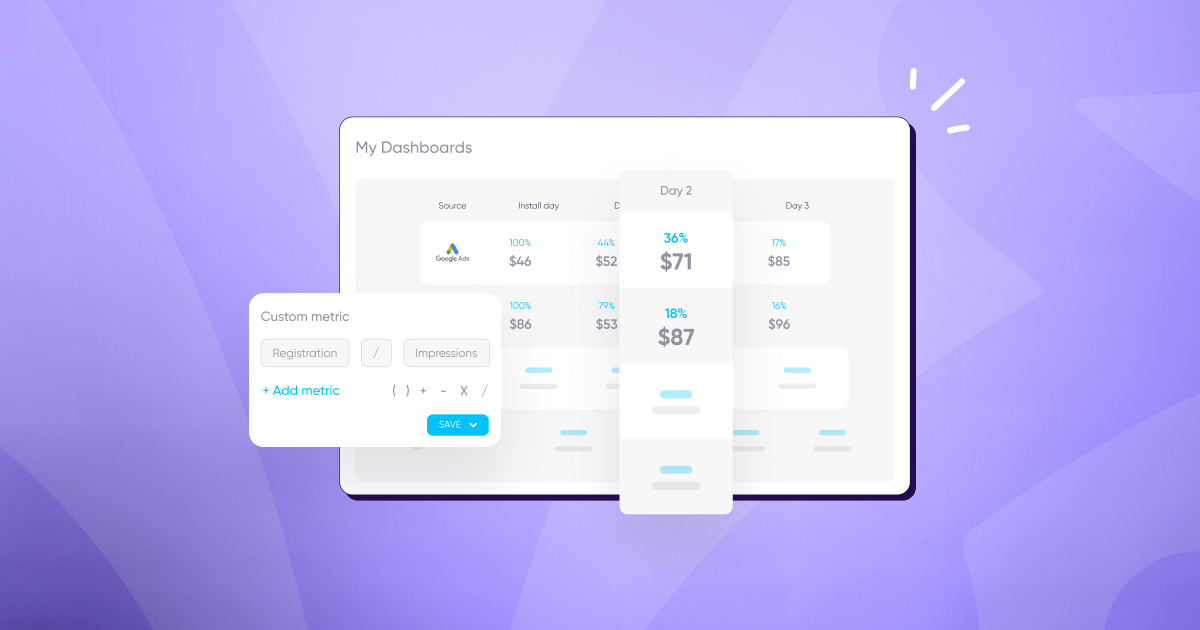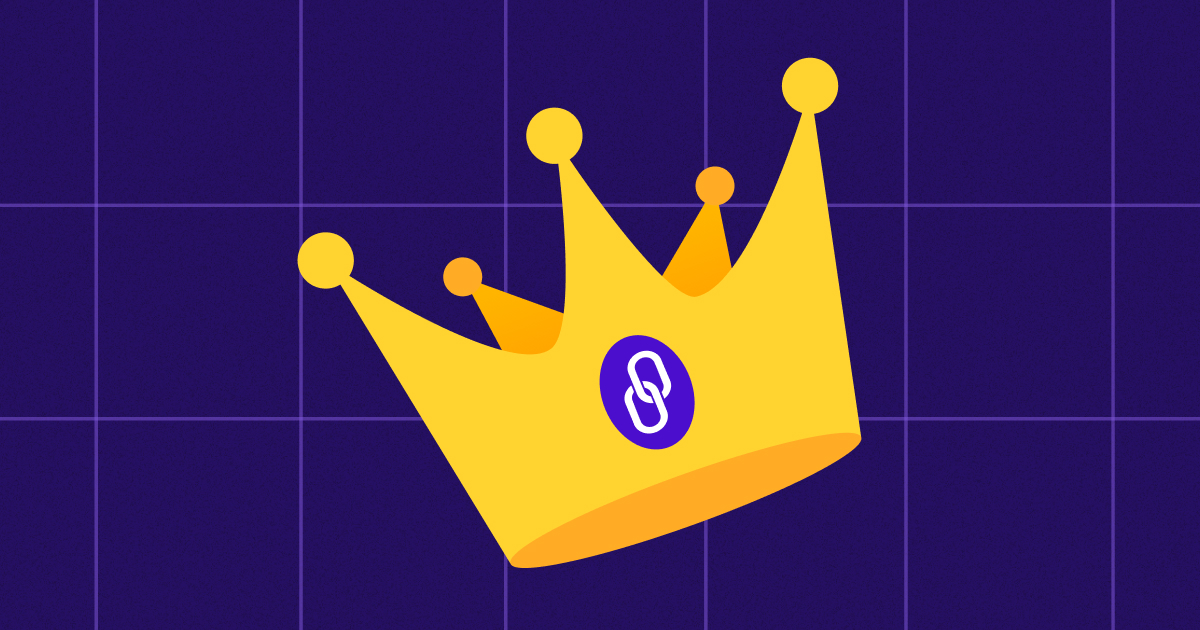
Apple App Store vs. Google Play Store: 7 differences in ASO
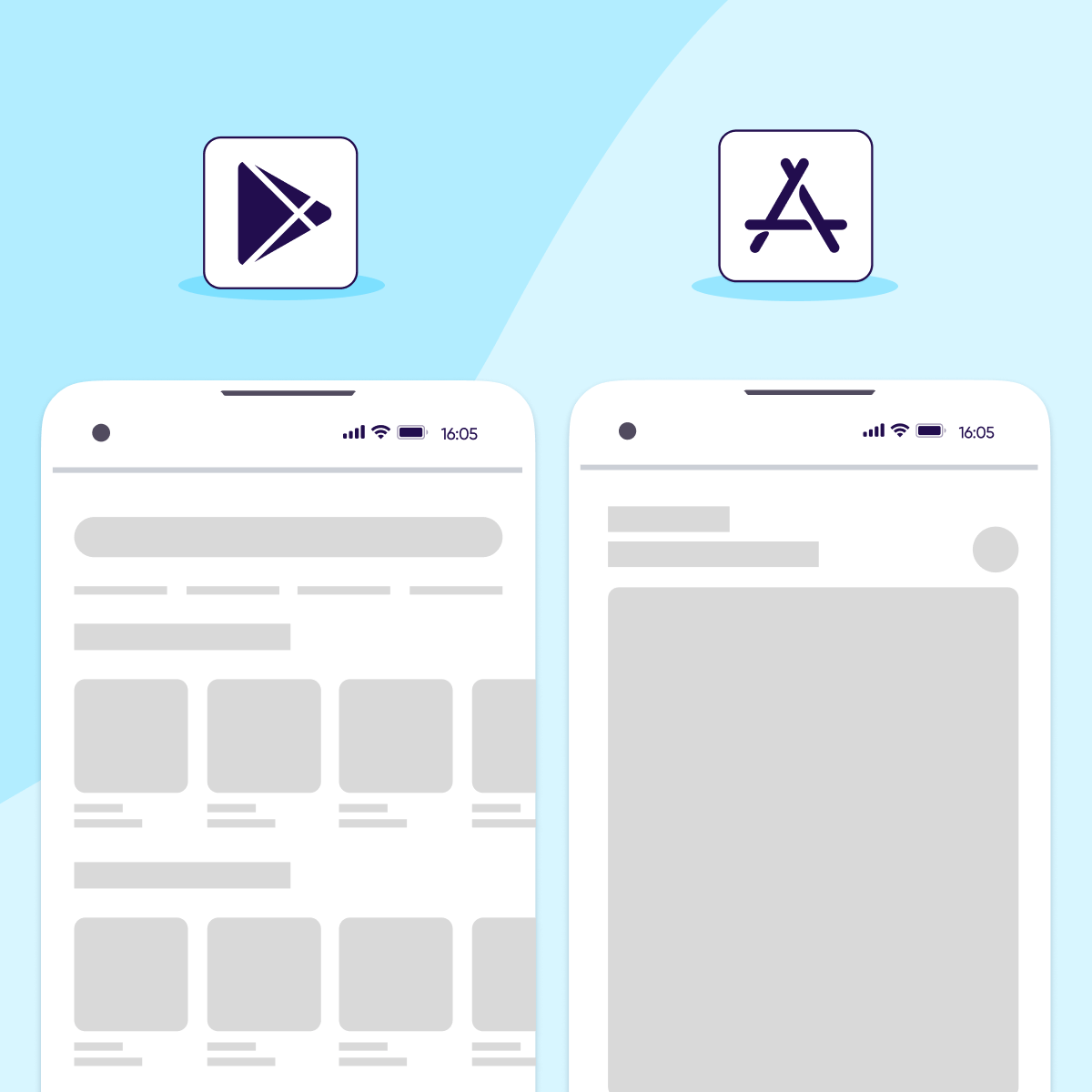
Launching your app in both Apple App Store and Google Play Store can increase your reach and generate more downloads. But you can’t just copy and paste your app listing from one platform to another and call it a day.
These listings have different fields, and the algorithms use the information differently to determine search result ranking. To maximize click-through rate (CTR) and conversions, you must understand the key differences between the two platforms.
So without further ado, let’s dig in.
Apple App Store vs. Google Play Store: Different stores, different ASO strategies
The App Store and Google Play Store rank apps and display search results differently, so you must adapt your app store optimization (ASO) strategy to gain visibility and increase downloads in each one.
First things first… what exactly is ASO?
Think of ASO like search engine optimization (SEO) for app stores. It’s about optimizing an app listing in the Apple App Store or Google Play Store to get it to appear as high up the relevant search results as possible, to increase visibility and drive conversations.
The first step to creating an effective ASO strategy is understanding how the app stores’ algorithms work.
How do app store algorithms work?
An app store’s algorithms use ranking signals to determine how relevant an app is to each search inquiry. Two factors affect app store rankings: on-metadata and off-metadata ASO ones.
On-metadata factors include textual fields (like app title, subtitle, or description) and visual assets (like app store screenshots and videos), which you can edit on App Store Connect or Google Play Console.
Meanwhile, you can’t control off-metadata factors as they depend on how the market and users respond to your app. These factors include install volume and speed, average ratings, reviews, backlinks, and user engagement.
By understanding how these factors work in each app store, you can adjust your ASO strategy to improve your ranking and maximize visibility. Let’s take a closer look.
App title (app name)
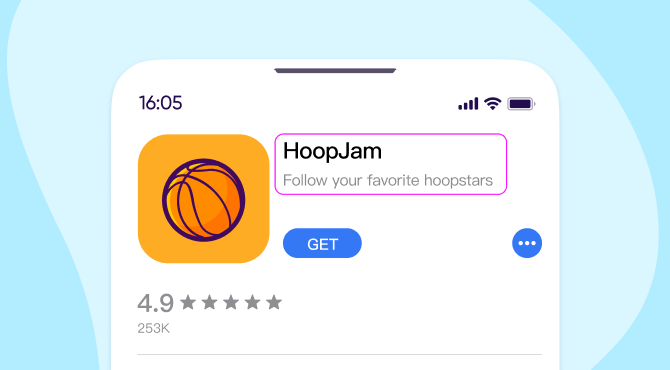
Apple App Store and Google Play Store both have a 30-character limit for the app name and consider the keywords used in the field a strong ranking signal. Besides incorporating the most relevant search terms to capture attention, consider how the app title appears in search results to get more clicks.
Google Play Store’s search results only display a listing’s title and icon, so your app title must be descriptive to attract the right people.
Meanwhile, Apple App Store’s search results include the app name, icon, subtitle, and screenshots to provide more content and context about an app. As such, you can be more creative with the app title to capture attention and use the subtitle to explain what your app does.
Subtitle (Apple) or short description (Google)
The subtitle used in the App Store and the short description used in Google Play Store serve similar purposes: to tell users more about your app. The algorithms use the content in this field to index your app against various search terms, so the keywords you use will impact your app’s ranking.
But the similarity ends here. The subtitle field is limited to 30 characters in the App Store, and the copy appears alongside the app name and screenshots in search results. Meanwhile, you can use up to 80 characters in Google Play, but the short description doesn’t appear in search results. Users only see it when they click through to the app listing.
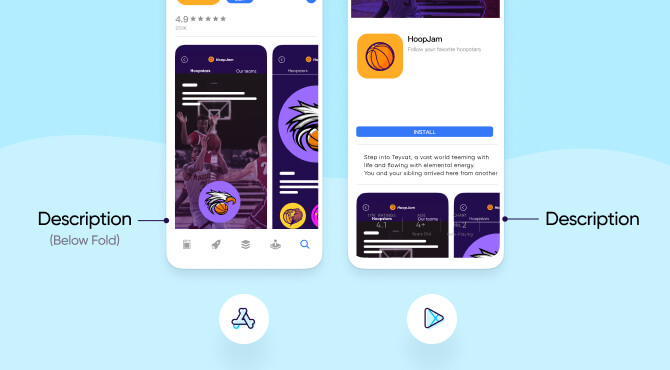
So how do you handle these differences in character count and content placement?
Your subtitle in the App Store should differentiate your brand from your competitors and entice users to click through to the app product page. For Android apps, your short description should include a call to action and encourage users to download your app. Since Google uses keyword density as a ranking signal, repeating the top keywords in the app title and short description can improve your ranking.
Keywords field (Apple only)
In the Apple App Store, apps have a 100-character keywords field where you can include the most relevant search terms to help the algorithm index your listing and determine how to rank your app. These keywords are invisible to users but are a key ranking factor in Apple’s ASO.
On the other hand, Google Play doesn’t have a keywords field. The algorithm evaluates keywords and keyword density in your app title, short description, and long description to determine the app’s ranking. After all, Google has the largest search engine on the planet to work with!
Long description
While the long description in both the App Store and Google Play aims to explain the features and benefits of your app, they work very differently for ASO.
Apple doesn’t use the long description as a ranking factor, so you don’t have to worry about including as many keywords as possible in the copy. Instead, use it as a marketing tool and write creative copy that resonates with your core customers to build connections, increase engagement, and drive downloads.
Meanwhile, keywords in the long description are a ranking factor in Android apps. As such, you should follow SEO best practices and aim for a 2-3% keyword density for your top keywords in the 4,000-character field. But remember that keyword stuffing can cause Google Play Store to reject or suspend your listing, so don’t overdo it.
Screenshots
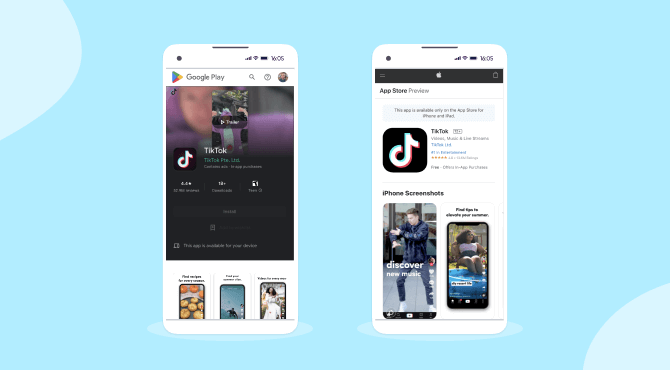
Screenshots are essential in attracting users to view your app listing and encouraging them to install the app. They can increase downloads, which leads to more opportunities to gather app ratings and reviews, in turn helping you improve ASO. You can upload up to eight screenshots to Google Play and 10 to the App Store.
The first three screenshots will appear on the App Store search results, so using eye-catching and representative images is key to increasing your CTR.
In Google Play searches, screenshots don’t show up on search results for generic search terms. While the images may appear on results for branded search terms, they’re smaller than those on the App Store — a factor to keep in mind when adding text to your screenshots.
App previews (Apple) or promo videos (Google)
While both Apple and Google allow videos on their listings, you must follow the different guidelines and formats.
The first preview video you add to your App Store app page will appear in search results and autoplay on mute, playing an essential role in attracting users to click through to your listing. These videos must be optimized for 30-second autoplay and demonstrate the app’s user flow. Additionally, Apple doesn’t allow promotional content.
Promo videos in Google Play Store are YouTube videos added to an app listing, and autoplay in search results for branded searches. You can only include one video per listing, which should be in landscape mode. Google allows more leeway to the video content. It can be descriptive or promotional, but you must turn off monetization.
Backlinks
Google Play Store’s algorithm uses the number of backlinks to your app page as a ranking signal to gauge the app’s authority. More backlinks from trusted sources can help you achieve a higher ranking, similar to how SEO works.
On the other hand, Apple App Store doesn’t use backlinks as a ranking signal. However, promoting your app via various channels to drive high-quality traffic is still a sound strategy to increase downloads and get good reviews, which will help improve your ASO.
At a glance
We get it – there’s a lot to take in! To recap, take a look at this comparison table which highlights the key similarities and differences between the two stores.
| Ranking factor | Apple App Store | Google Play Store |
| App name | 30 characters | 30 characters |
| Subtitle/short description | 30 characters. Appears on search results. | 80 characters. Does not appear on search results. |
| Keywords field | 100 characters | Does not exist. The algorithm analyzes textual fields and keyword density. |
| Long description | 4,000 characters. Not a ranking factor. | 4,000 characters. A ranking factor. |
| Screenshots | Up to 10 images. Drives click-through from search results. | Up to 8 images. Only appears on branded searches. |
| App previews/promo videos | Up to 3 videos optimized for 30-second autoplay on mute. | 1 YouTube video with no time limit. |
| Backlinks | Not used as a ranking signal. | Similar to SEO: more trusted backlinks = greater authority and higher ranking. |
With all this information at your fingertips, you’re ready to get stuck into ASO for both main app stores, get your app noticed and watch it climb to the top of the rankings. Remember to keep testing and reviewing your listing’s performance to stay competitive – A/B testing is a great way to trial and compare different strategies.
Key takeaways
- Apple and Google use different algorithms and display search results differently. As such, you must apply different approaches to maximize visibility and downloads.
- App name is a key ranking factor in both stores, and you should include the top keywords in your app title.
- The subtitle/short description serves different purposes, and you should adjust them to fit the requirements of each store.
- Google uses keyword density in the long description as a ranking factor, while Apple doesn’t.
- Visual elements such as screenshots and videos are critical for attracting click-throughs and downloads, but the two stores have different requirements.
- Google Play’s algorithm works more like SEO and uses backlinks to gauge an app’s authority — something Apple doesn’t do.
- A/B testing can help dial in all these elements and continuously improve an app listing’s performance to stay competitive.


